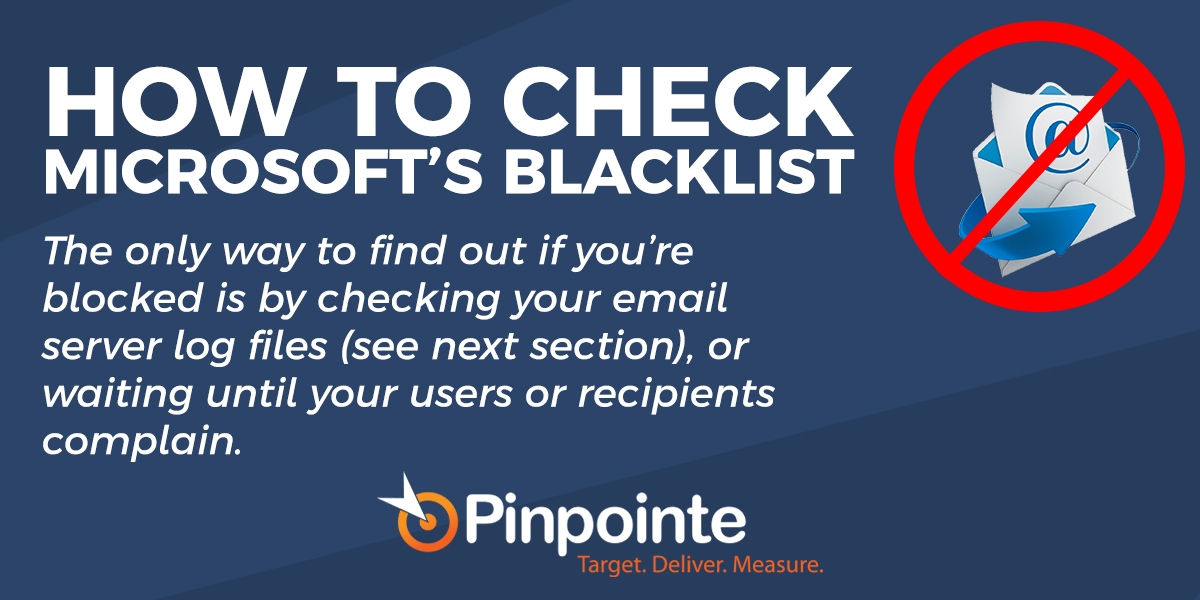Domain Blacklist Check Microsoft
When it comes to email deliverability, one of the key factors that can affect your sender reputation is being blacklisted. Being blacklisted means that your emails are flagged as spam or malicious, resulting in them being blocked by email providers. Microsoft, with its popular email service Outlook, has strict policies in place to protect their users from spam and phishing attacks. It’s crucial for senders to regularly check if their domain is on Microsoft’s blacklist to avoid any deliverability issues. In this article, we will discuss how you can perform a domain blacklist check with Microsoft and what steps you can take to get delisted if you find yourself on their blacklist.
There are several online tools available that can help you check if your domain is on Microsoft’s blacklist. One of the most commonly used tools is the Microsoft Smart Network Data Services (SNDS) which provides data about the traffic coming from your IP addresses. By signing up for SNDS, you can monitor your sender reputation and get alerts if your IP addresses are being flagged for suspicious activities. This can help you identify any issues before they escalate and get your domain blacklisted.
Another tool that you can use to check Microsoft’s blacklist is the Microsoft Exchange Online Protection (EOP) service. EOP is a cloud-based email filtering service that can help protect your organization from spam and malware. By logging into the EOP admin center, you can check the message trace feature to see if any emails from your domain have been blocked or flagged by Microsoft. This can give you an indication if your domain is on their blacklist.
If you find that your domain is on Microsoft’s blacklist, it’s important to take immediate action to get delisted. The first step is to investigate the reason why your domain was blacklisted. It could be due to sending spam emails, phishing attempts, or having a compromised server that is sending out malicious content. By identifying the root cause, you can take corrective actions to prevent it from happening again in the future.
After addressing the issue, you can request to be delisted from Microsoft’s blacklist. You can do this by submitting a delisting request through the Microsoft Online Services Delisting portal. Provide detailed information about the steps you have taken to rectify the issue and demonstrate that you are following best practices for email deliverability. Microsoft will review your request and if they find that you have taken the necessary steps, they will remove your domain from their blacklist.
Regularly monitoring your sender reputation and checking if your domain is on Microsoft’s blacklist is essential for maintaining good email deliverability. By following best practices for email marketing and complying with anti-spam regulations, you can avoid being blacklisted and ensure that your emails reach your recipients’ inboxes. Remember, prevention is always better than cure when it comes to managing your sender reputation.
In conclusion, performing a domain blacklist check with Microsoft is a proactive step that all email senders should take to protect their sender reputation. By using tools like SNDS and EOP, you can stay informed about your domain’s status and take corrective actions if needed. Remember to follow best practices for email deliverability and adhere to anti-spam regulations to avoid being blacklisted by Microsoft or other email providers. Your email reputation is crucial for the success of your email marketing campaigns, so make sure to keep it clean and spam-free.
